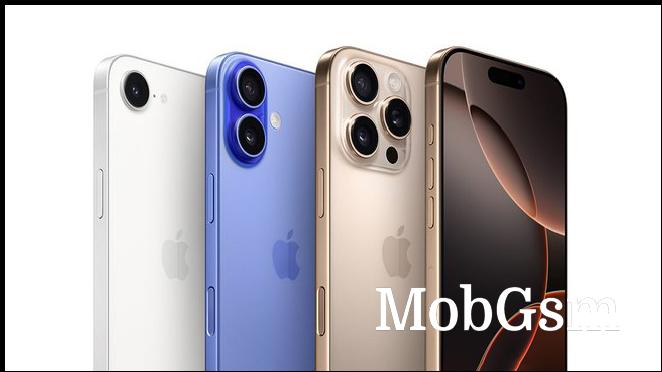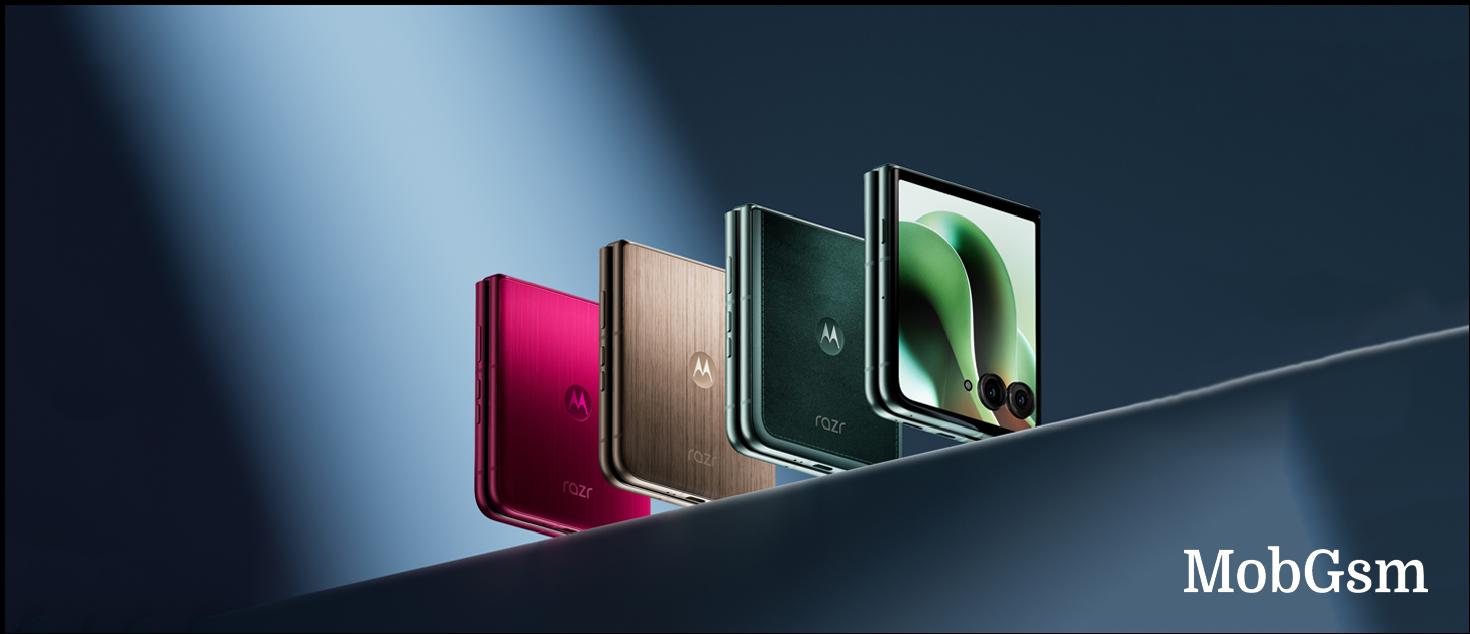The new Snapdragon 780G is a 5nm mid-range chip with flagship-grade modem

Qualcomm just unveiled what could be the premium mid-range chipset to beat – the Snapdragon 780G is one the first chipsets in its class to be built on a 5nm node (following the Exynos 1080) and it’s basically a lite version of the 888 powerhouse.
The Kryo 670 CPU is described with a vague “40% performance uplift” without a point of reference. The 600-series cores should be derived from the latest Cortex-A78, while the 768G chipset used A76-based cores, which sounds to be on target for a 40% performance increase.
Interestingly, despite being fabbed at a leading node, the cores clock up to only 2.4 GHz. That matches the big cores in the 888, though the flagship chip also has a Cortex-X1 prime core at 2.84 GHz.
Moving on to the GPU, the Adreno 642 should slot between the Snapdragon 855 and 865 in terms of performance. It supports updatable drivers, HDR10 and the display adapter can drive 1080p+ displays at up to 144 Hz.

The Snapdragon 780G (SM7350-AB) supports LPDDR4 RAM at up to 2.1 GHz frequency and up to 16 GB capacity. While real life performance is hard to predict from paper specs, it’s clear that this chipset will find its way in some of the best camera phones to come.
It has a triple spectra 570 ISP, a parred down version of what is inside the 888. A triple ISP means that the image streams from three cameras can be processed simultaneously, something only possible on new flagship chipsets until now.
This ISP supports 10-bit color depth for photos and videos (Rec. 2020 color gamut) and can record in several popular HDR formats: HDR10, HDR10+ and HLG. It can handle a single camera up to 84 MP with Zero Shutter Lag enabled or a single camera up to 192 MP otherwise.
The Hexagon 770 AI engine can offers an impressive 12 TOPS of performance. That’s double what the 768G could manage (5.4 TOPS) and close to what the 865/870 have to offer (15 TOPS). This will expand the limits of computational photography in the premium mid-range segment.
The Snapdragon 780G has excellent connectivity features to boot. The X53 5G modem offers peak download speeds of up to 3.3 Gbps. mmWave is strangely missing, however.
Still, the local connectivity is on par with Qualcomm’s top chip thanks to the FastConnect 6900 system. It is one of the few to support Wi-Fi 6E (802.11ax on the 6 GHz band) with peak speeds that surpass even the 5G modem at 3.6 Gbps and (with “VR-class” low latency to boot). Bluetooth 5.2 is supported along with a smattering of Qualcomm’s advanced audio features (including a customizable “Golden Ears” filter).
On the wired side of things, the chip offers the usual USB 3.1 for data and Quick Charge 4+ for filling the battery.
The first phones to be powered by the Snapdragon 780G will be out in the next three months.
| Snapdragon 750G | Snapdragon 768G | Snapdragon 780G | Snapdragon 860 | Dimensity 1200 | Exynos 1080 | |
| Process | Samsung 8 nm | Samsung 7 nm EUV | Samsung 5 nm | 7 nm TSMC | TSMC 6 nm | Samsung 5 nm EUV |
| CPU (prime) | - | 1x Kryo 475 (A76) @ 2.8 GHz | 1x Kryo 670 (A78) @ 2.4 GHz | 1x Kryo 485 (A76) @ 2.96 GHz | 1x Cortex-A78 @ 3.0 GHz | 1x Cortex-A78 @ 2.8 GHz |
| CPU (big) | 2x Kryo 570 (A77) @ 2.2 GHz | 1x Kryo 475 (A76) @ 2.4 GHz | 3x Kryo 670 (A78) @ 2.2 GHz | 3x Kruo 845 (A76) @ 2.42 GHz | 3x Cortex-A78 @ 2.7 GHz | 3x Cortex-A78 @ 2.6 GHz |
| CPU (small) | 6x Kryo 570 (A55) @ 1.8 GHz | 6x Kryo 475 (A55) @ 1.8 GHz | 4x Kryo 670 (A55) @ 1.9 GHz | 4x Kryo 485 (A55) @ 1.8 GHz | 4x Cortex-A55 @ 2.0 GHz | 4x Cortex-A55 @ 2.0 GHz |
| GPU | Adreno 619 | Adreno 620 | Adreno 642 | Adreno 640 | Mali-G77 MC9 | Mali-G78 MP10 |
| Display | 1080p+ @ 120 Hz | 1080p+ @ 120 Hz | 1080p+ @ 144 Hz | 4K @ 60 Hz, 1080p+ @ 90 Hz | 1080p+ @ 168 Hz | 1440p+ @ 90 Hz, 1080p+ @ 144 Hz |
| ISP | 2 | 2 | 3 | 2 | ? | ? |
| NPU | 4.7 TOPS | 5.4 TOPS | 12 TOPS | 7 TOPS | ? | 5.7 TOPS |
| 5G modem (downlink) | X52, 3.7 Gbps | X52, 3.7 Gbps | X53, 3.3 Gbps | X50, 2 Gbps | 4.7 Gbps (sub-6) | 3.67 Gbps (mmWave), 5.1 Gbps (sub-6) |
| Wi-Fi | Wi-Fi 6 | Wi-Fi 6, 867 Mbps | Wi-Fi 6E, 3.6 Gbps | Wi-Fi 6 | Wi-Fi 6 | Wi-Fi 6 |











